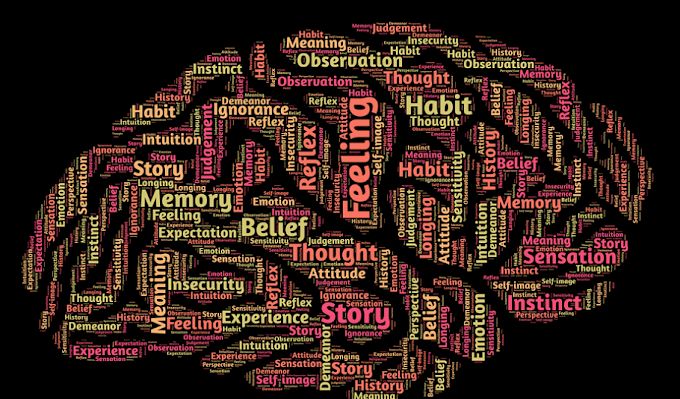The Introduction To E Learning Education Essay
E-learning (or Distance Education) is a perceived instructive practice that upholds an adaptable model of admittance to information, empowering schooling and preparing mathematically bigger crowd than what is customary training models can adequately uphold (Som Naidu, 2006). As the years pass by, methods of learning is changing adjusted and adjusted to suit the patterns and the necessities of the period. "The accomplishment of Web 2.0 propelled e-figuring out how to develop into e-learning 2.0, which takes advantage of the aggregate knowledge to accomplish training driven client" (Huang Shiu, 2011). Educators are as yet fundamental for understudies and consistently will be, however the way that e-learning is currently far and wide and extremely accommodating for understudies can't be disregarded. Accordingly e-learning is being changing altered and adjusted true to form. The distances are presently not any a deterrent to somebody who need to concentrate on any science to a limited extent. All things considered at times the utilization of e-learning requires some inception/preparing to accomplish acquaintance on these. As any item or administration, accordingly e-learning obtained a few principles which comprise of some particular measures to guarantee nature of administration and consumer loyalty. Aside from the measures that should be met by every e-learning stage to guarantee quality, a few issues of another sort of e-learning named Adaptive Learning will be talked about, which endeavors to diminish a few impediments of the exemplary e-learning models.
RESEARCH QUESTION/AIM
The point of the accompanying paper is to explore and comprehend the significance of versatile learning and the examination questions are:
Why the versatile e-learning is significant for understudies and what new has to offer contrasted and the exemplary e-learning?
What issues Adaptive Learning Systems expect to look in their degree?
What are the client attributes which decide the flexibility of the framework ( ie in what client includes the framework adjusts his conduct)?
What are the framework attributes that fluctuate as per the client?
SIGNIFICANCE
The place of the going with paper is to investigate and appreciate the meaning of flexible learning and the assessment questions are:
Why the flexible e-learning is critical for understudies and what new brings to the table for differentiated and the commendable e-learning?
What issues Adaptive Learning Systems hope to examine their certification?
What are the customer credits which choose the adaptability of the structure ( ie in what customer incorporates the system changes his lead)?
What are the system credits that change according to the customer?
The most famous procedures are carried out in ELS are:
(I) Direct Guidance: where relying upon the innovation of progression courses, the framework proposes to the student the ideal way that will lead him to accomplish a particular learning objective
(Ii) Adaptive Link Annotation: where the framework with a graphical way improves existing Content connections with data on the current circumstance corresponding to the student, ie which substance have realized, what can be seen and which ones are not prepared to visit and
(iii) Adaptive Link Hiding: where non-suggested joins is valid apparent however impaired and in this way not open.
SCORM determines that the substance ought to be bundled into an independent index or a document ZIP. This practice is a record called Interchange Pack (PIF). The PIF should consistently contain a XML document called imsmanifest.xml (the "show record") to the root. The show document contains all the data of LMS ought to convey content. The show partitions the course into at least one sections called SCOs. SCOs can be consolidated in a tree structure that addresses the length, known as "tree movement." The show contains a XML portrayal of the tree business, data on beginning any SCO and (discretionary) metadata depicting the course and its parts.
METHODOLOGY
XP (Extreme Programming) is presumably the most popular and most generally utilized of adaptable techniques. Beck gave in this technique its name since it was made utilizing great and acknowledged practice, like redundant turn of events, and association of the customer in overabundance (outrageous) degree (K. Beck, 2000). During the time spent XP, all prerequisites are communicated as situations, which are executed straightforwardly as a progression of undertakings. Designers work two by two and test each assignment before compose the code. All tests should be finished effectively prior to being fused into the code in the framework. Through this strategy is clear that we keep away from potential mistakes that might be made to the code. Staying away from blunders could assume essential part to make a framework working appropriately and furthermore is a significant element to fabricate a cutthroat ALS. Foreknowledge of mistakes is preferred quicker and more solid over fixing them later the composition of code.
RESEARCH STRATEGY
Advantages/disadvantages/why
DATA COLLECTION TOOLS
DETAILS OF PARTICIPANTS
Researches
Conklin, J. Hypertext: a presentation and review. IEEE Computer, 20, 9, 17-41, 1987
Gygi, K. Perceiving the indications of hypertext and what to do about it. In B. Tree (ed), The Art of Human Computer Interface Design. Perusing, MA: Addsion-Wesley, 1991.
Hammond, N., V. and Allinson, L.J. Broadening hypertext for learning: An examination of access and direction devices. In A.Sutcliffe and L.Macaulay (eds), People and PCs V. Cambridge University Press, 1989
Brusilovsky, P. Strategies and Techniques of Adaptive Hypermedia. Client Modeling and User-Adapted Interaction 6: 87-129. Kluwer Academic Publishers. Netherlands, 1996
Romiszowski, A., J. The hypertext/hypermedia arrangement But what precisely is the issue? In planning hypermedia for learning. Jonassen, D.,H. and Mandl, H. (eds). NATO ASI F-series V.67 Berlin: Springer Verlag. 1990
Wenger, E. Simulated intelligence and Tutoring Systems "Computational and Cognitive Approaches to the Communication Knowledge" M. Kaufmann Publishers, Inc., California 1987
Beck, K. (2000) "Outrageous Programming Explained: Embrace Change" Addison-Wesley
Shiu-Li Huang and Jung-Hung Shiu (2011) "A User-Centric Adaptive Learning System for E-Learning 2.0"
Lee, C.H., Lee, G.G., and Leu, Y.L. (2009) "Utilization of naturally developed idea guide of figuring out how to applied analysis of e-learning". Master Systems with Applications, 36(2), 1675–1684.
Dekson D.E. Suresh E.S.M (2010) "Versatile E-Learning procedures in the advancement of educating electronic portofolio"
McLoughlin, C.: The ramifications of the examination writing on learning styles for the plan of educational material. Australian J. of Educational Technology 15:3, 1999
Stephanidis C., Paramythis A., Karagiannidis C. what's more Savidis A. "Supporting Interface Adaptation: The AVANTI Web-Browser. In Proc. of the third ERCIM Workshop on User Interfaces for All", Obernai, France, 1997












0 Comments